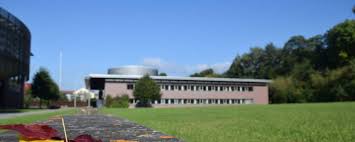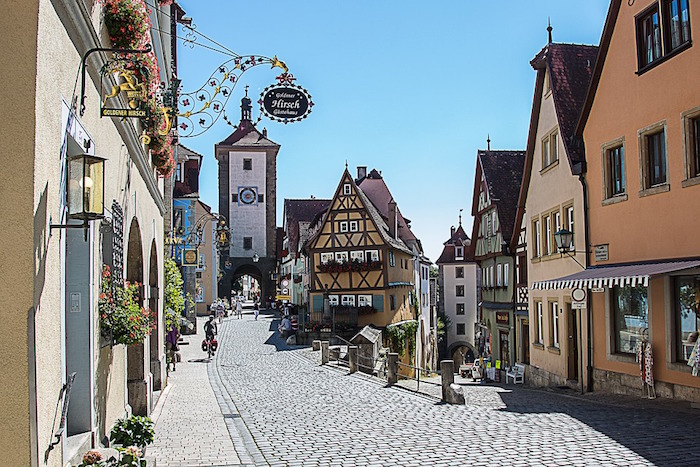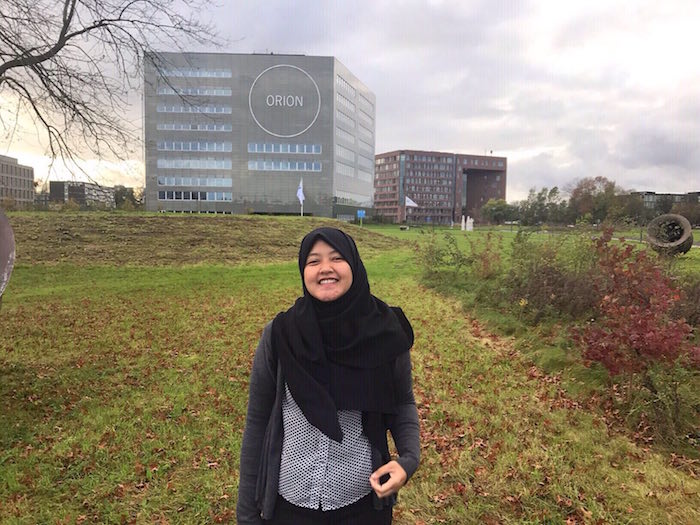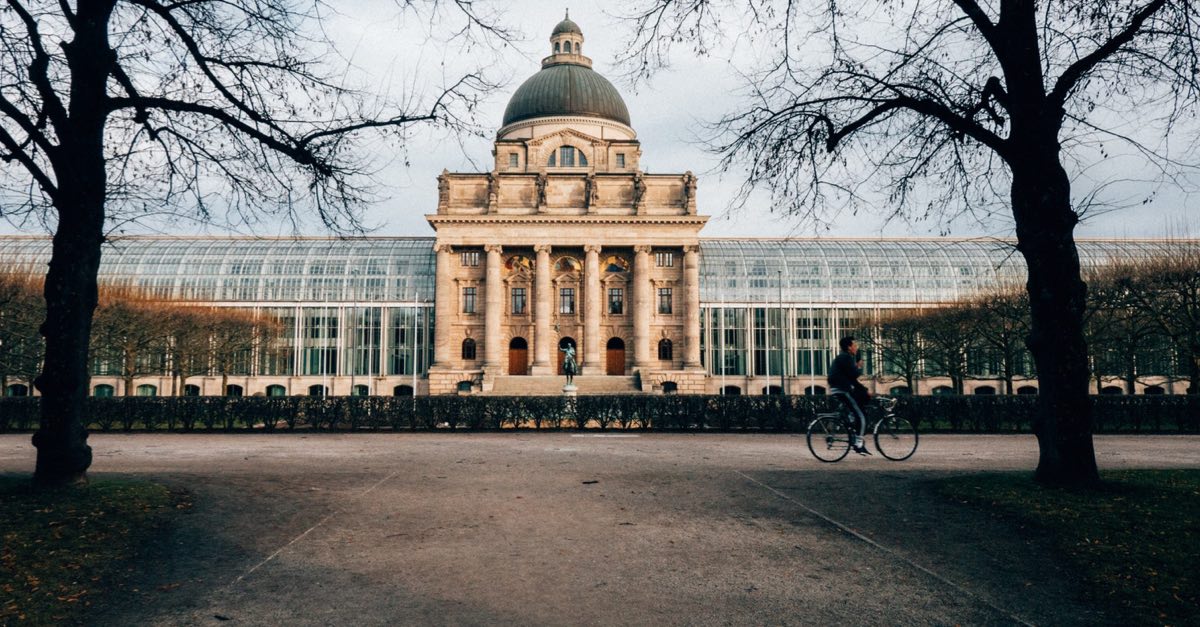
Study in Schmalkalden University of Applied Sciences
Last edited on 19 Dec 2025
The history of the University of Applied Sciences Schmalkalden dates back to the year 1902 when, on 1 July, the “Royal Technical College for Iron and Steel Industry Schmalkalden" was established.
For centuries, the people in the region around Schmalkalden had been making their living from the manufacture of all kinds of ironware goods such as awls, files, curry combs, drills, pliers, spoons, nails, buckles, and so on, which even today are known as “Schmalkalden goods”. However, these goods, manufactured in small businesses, now faced industrial competition from Rhineland-Westphalian factories and from overseas which they weren’t able to withstand.
On 1 October 1991, with the founding of the University of Applied Sciences, began for Schmalkalden a new milestone in the history of higher education. Mechanical engineering remained one of the pillars in the university’s study programme and others were added. The Faculty of Electrical Engineering was established in the founding year, offering a programme with the same name. The following year the Faculty of Computer Science and the Faculty of Business and Economics followed suit, and in so doing the first steps towards establishing a modern university with both technical and business orientation had been taken.
However, it soon became clear that an efficient, modern university in Schmalkalden could only be sustained through the construction of new buildings. With the active support of the city of Schmalkalden and the local authorities the required grounds could be secured in the following years.
On the site of the old Prussian college a plot was purchased that enabled the construction of a single-campus university. In the autumn of 2000, the first single-campus university in Thuringia opened which included a central lecture building with three large lecture halls and numerous seminar rooms as well as a library - a light-flooded, glass building with separate, water-surrounded, outdoor “reading island”.
The Faculties of Mechanical Engineering and Electrical Engineering have new, modern laboratory buildings and the Faculty of Computer Science is now in a new building. The cafeteria also boasts a modern design. The university’s buildings immediately catch the eye: they are alive with positive energy flowing between historical structure and modern architecture.












